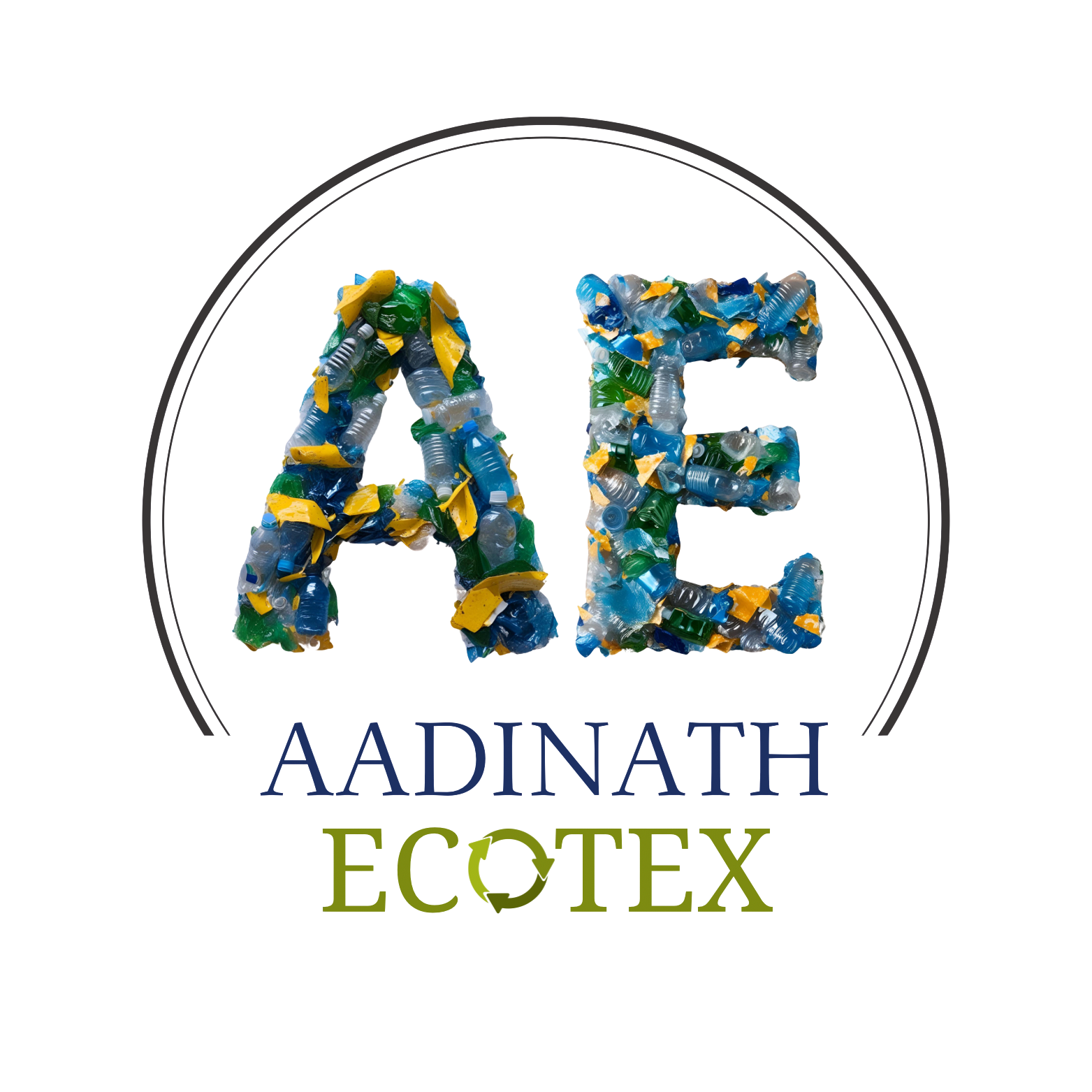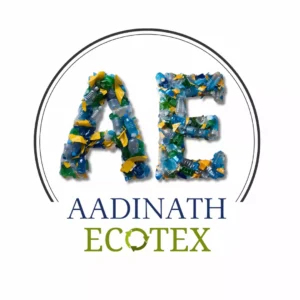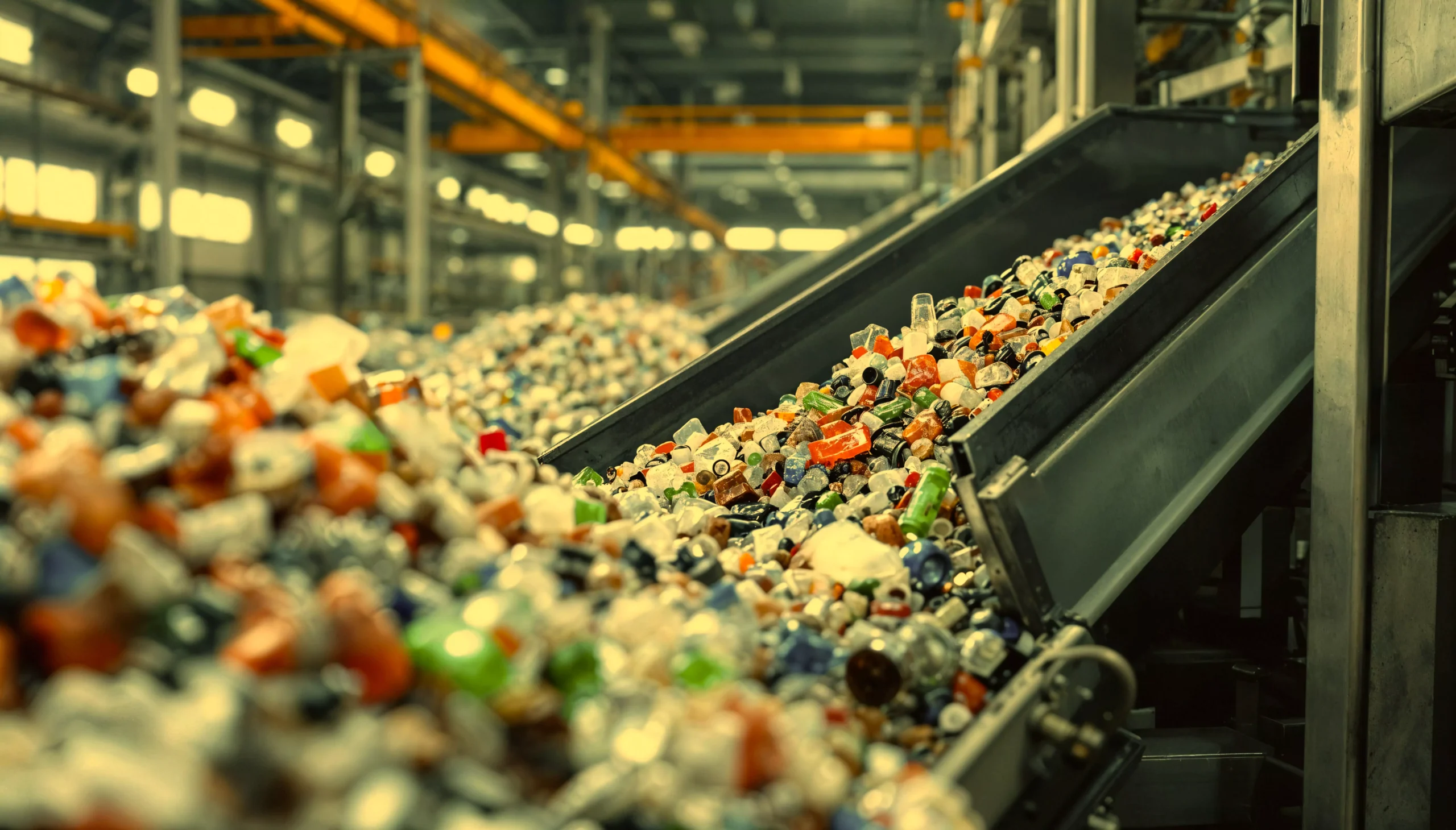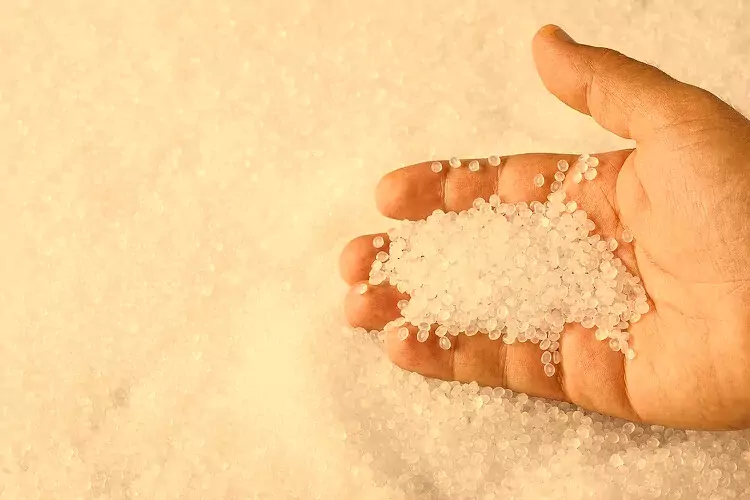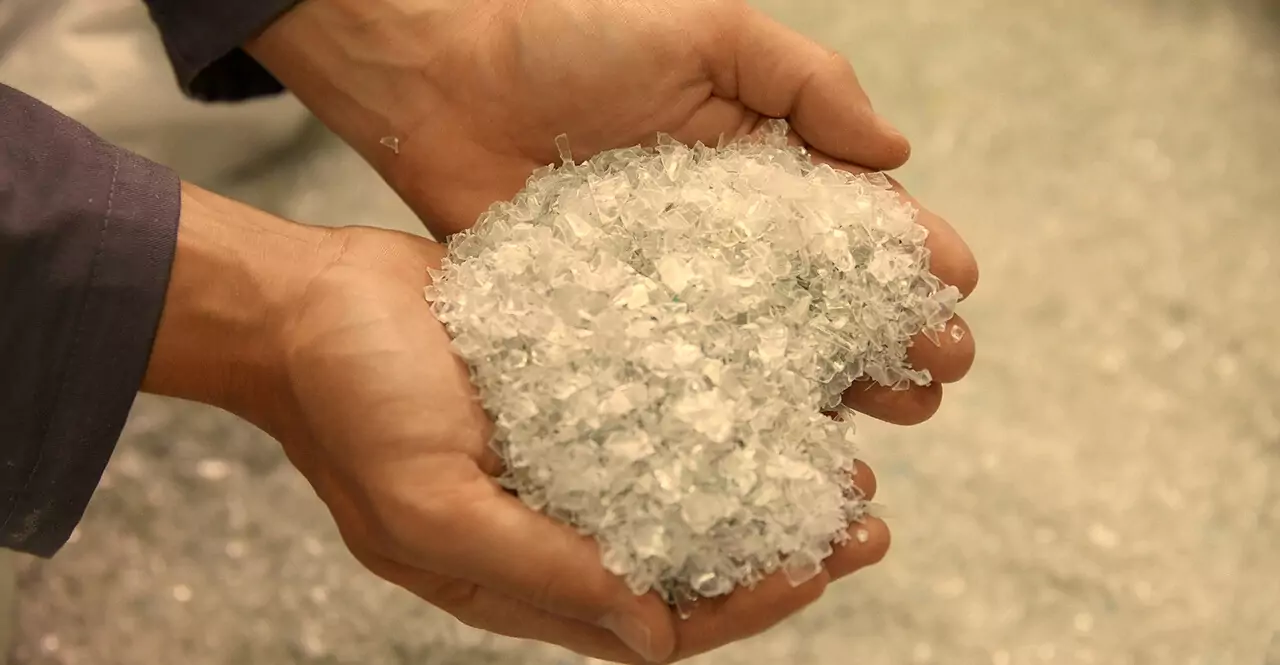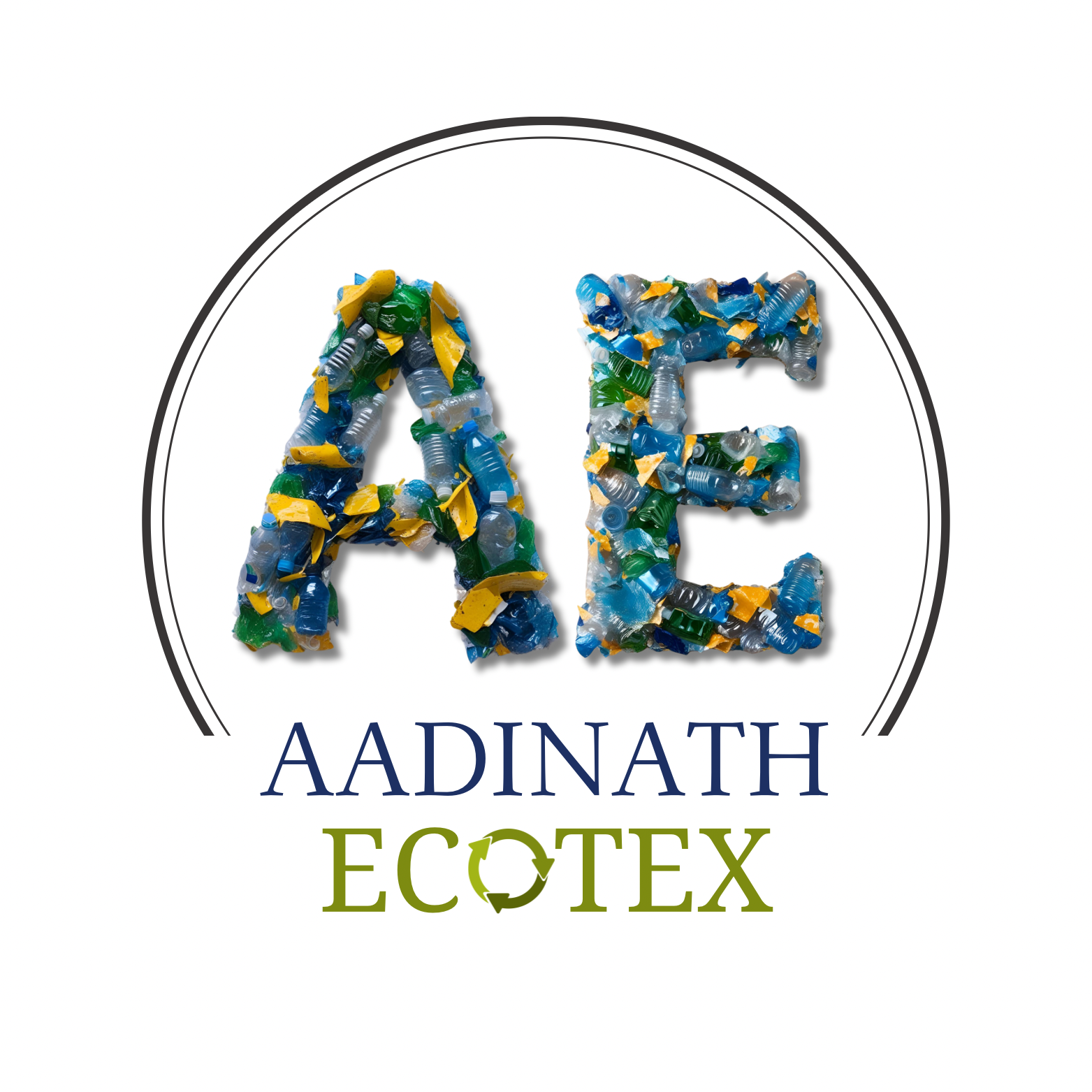Introduction
The fashion industry, once solely driven by aesthetics and seasonal trends, is undergoing a transformative shift. As environmental concerns rise and consumer awareness grows, sustainability is becoming a core focus in fashion. One of the most impactful innovations driving this change is the use of recycled fibers, particularly recycled polyethylene terephthalate (rPET). By integrating recycled materials into textile production, brands are not only reducing their carbon footprint but also contributing to a circular economy.
This blog explores how recycled fibers—especially rPET—are reshaping the future of fashion, why they matter, and the benefits they bring to manufacturers, consumers, and the planet.
The Environmental Impact of Traditional Textiles
The conventional textile industry is among the most polluting sectors globally. From excessive water usage to chemical dye pollution and non-biodegradable waste, the lifecycle of traditional textiles places a heavy burden on natural resources.
- Water Consumption: Producing 1 kilogram of cotton requires approximately 10,000–20,000 liters of water.
- Waste Generation: Globally, 92 million tonnes of textile waste are created each year.
- Carbon Emissions: The fashion industry emits 1.2 billion tonnes of CO₂ annually—more than international flights and maritime shipping combined.
These staggering statistics highlight the urgent need for sustainable alternatives, making recycled fibers an essential part of the solution.
What Are Recycled Fibers?
Recycled fibers are derived from post-consumer or post-industrial waste materials. These include:
- rPET (Recycled Polyethylene Terephthalate): Made from used plastic bottles.
- Recycled Cotton: Derived from old garments and textile waste.
- Recycled Wool: Comes from repurposed woolen clothes and offcuts.
- Recycled Nylon: Sourced from fishing nets and discarded industrial nylon.
Among these, rPET stands out due to its abundance, durability, and versatility in textile applications.
Why rPET Is a Game-Changer
rPET is created by collecting, sorting, cleaning, and transforming used PET plastic bottles into flakes or granules. These are then spun into fibers used to produce a variety of textiles. Here’s why rPET is revolutionizing sustainable fashion:
- Waste Reduction: Diverts plastic from landfills and oceans.
- Energy Efficiency: Requires 59% less energy than virgin polyester.
- Lower Carbon Emissions: Produces 32% fewer CO₂ emissions.
- High Performance: Retains strength, durability, and flexibility.
- Cost-Effectiveness: Economical compared to virgin materials.
Applications of rPET in Fashion
From activewear to high fashion, rPET is making its way across various textile applications:
- Athleisure & Sportswear: Breathable, moisture-wicking fabrics ideal for gym wear and outdoor clothing.
- Fast Fashion: Used in T-shirts, jackets, and dresses by high-street brands.
- Home Textiles: Incorporated in bed linens, curtains, and carpets.
- Luxury Fashion: Even high-end designers are integrating rPET into collections.
Brands Leading the Change
Many forward-thinking fashion labels are now prioritizing recycled fibers:
- Patagonia: Pioneered rPET usage in their fleece jackets.
- Adidas: Collaborated with Parley to produce sneakers made from ocean plastic.
- H&M Conscious Collection: Offers garments made from recycled polyester.
- Stella McCartney: Incorporates rPET and other recycled textiles in their luxury lines.
These brands set an example of how sustainability and style can go hand in hand.
The Role of Consumers
While manufacturers are crucial, consumers also play a significant role in driving demand for sustainable textiles. Here’s how consumers can support this movement:
- Check Labels: Look for certifications like GRS (Global Recycled Standard) and OEKO-TEX.
- Support Ethical Brands: Choose fashion brands committed to sustainability.
- Practice Conscious Buying: Buy less, choose well, and recycle used garments.
Challenges in Adopting Recycled Fibers
Despite the advantages, there are hurdles to overcome:
- Quality Consistency: Maintaining uniformity in recycled fibers can be challenging.
- Processing Costs: Advanced recycling processes can be expensive.
- Supply Chain Limitations: Limited infrastructure for large-scale recycling.
- Consumer Awareness: Not all consumers understand the benefits of recycled textiles.
Addressing these challenges requires collaborative efforts from policymakers, industry players, and end-users.
Future Trends in Recycled Textiles
The industry is rapidly evolving with technological advancements and innovative practices:
- Chemical Recycling: Allows infinite recycling without degrading fiber quality.
- Blockchain in Supply Chains: Enhances transparency and traceability.
- Circular Design Principles: Products designed for longevity and recyclability.
- Eco-certifications: Standardizing sustainability metrics across the industry.
These trends signal a promising future for recycled textiles, especially rPET.
Conclusion
Recycled fibers, particularly rPET, are essential for building a sustainable future for the fashion industry. They reduce dependence on finite resources, minimize environmental harm, and promote a circular economy. As technology advances and awareness grows, the integration of recycled materials into textile production will continue to rise.
At Aadinath Ecotex, we are committed to providing high-quality recycled polymer solutions, including rPET flakes, to support sustainable manufacturing in fashion and beyond. By embracing recycled fibers, we can all contribute to a greener, cleaner, and more ethical world.
